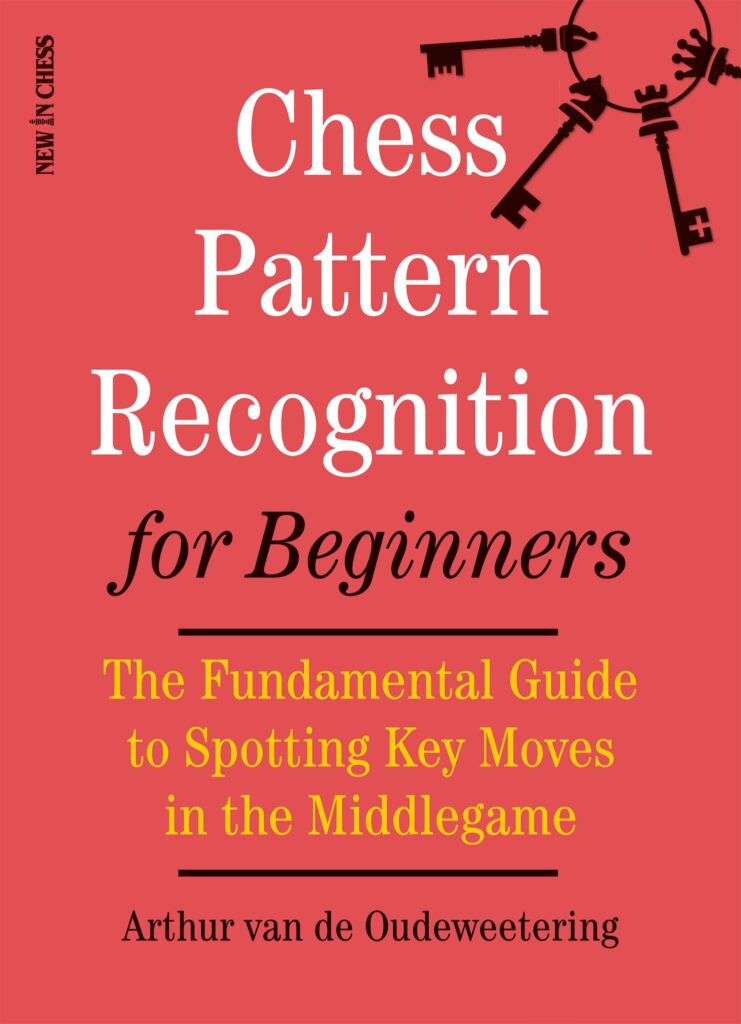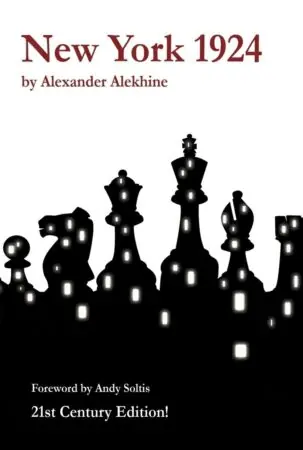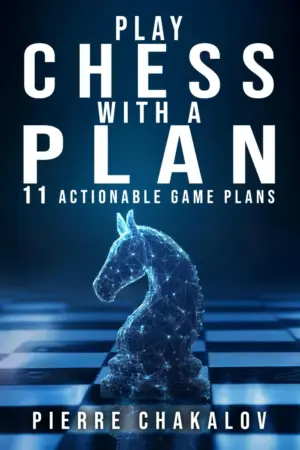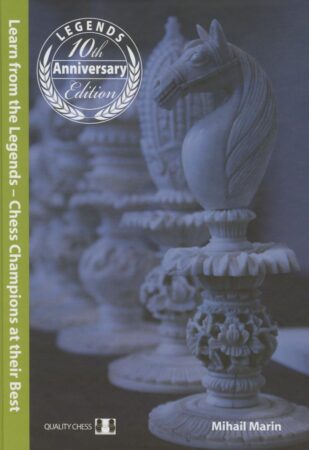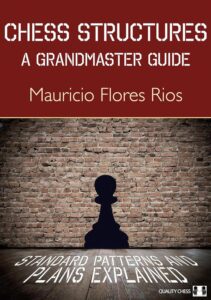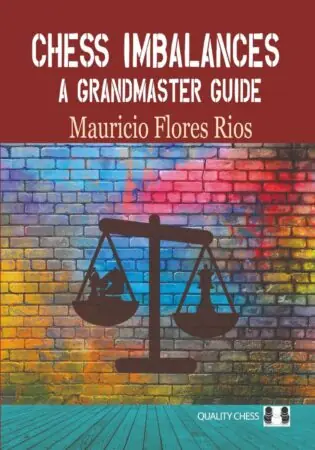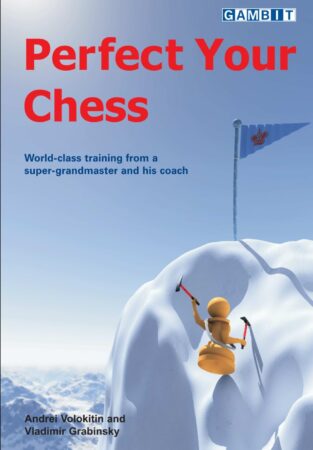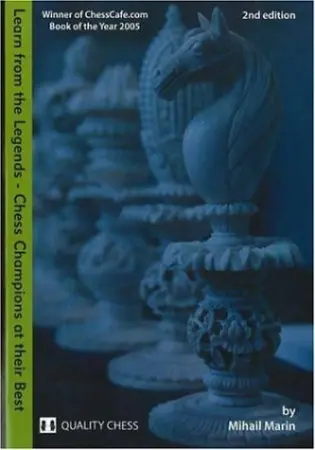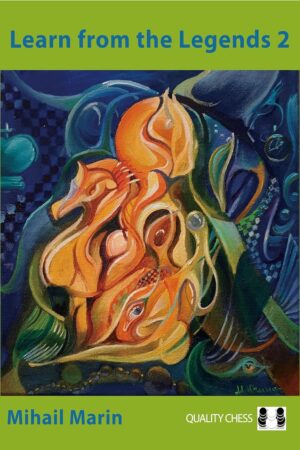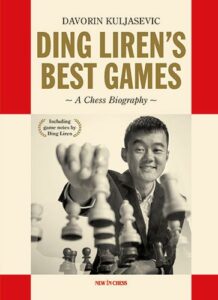Chess Pattern Recognition for Beginners may be the best middlegame book for beginners I’ve read. Arthur van de Oudeweetering created a very thorough guide to most common middlegame patterns, tactical themes, and strategic concepts every improving chess beginner must master in order to progress higher up the rating ladder. I can imagine that going through the book would skyrocket most players’ skill and understanding and make them feel invincible!
As the subtitle says, this book is “The Fundamental Guide to Spotting Key Moves in the Middlegame”. It teaches basic pattern recognition and concepts one must understand before moving on to more subtle topics.
Even though the title suggests that the book is meant for beginners, I don’t think that should be taken literally. I’m 2000 FIDE, and there were several pages where I stopped and thought for a while, either struggling to solve a problem, or contemplating what the author was trying to explain since I was unfamiliar either with the idea or the way in which it had been presented. I think most players my level, and definitely everyone lower rated, despite not being beginners, would benefit from taking this book seriously. That being said, it is primarily tailored for players that lack basic positional and strategic knowledge. Those who have never been introduced to ideas such as controlling open files, or prying open diagonals for your bishops.
The book is divided into four parts and 25 chapters. Each chapter covers a very specific theme, such as “rooks on the 7th rank”, “central supremacy”, “flank attack”, or “when harry meets g6”, perhaps written under Ginger GM’s influence of pushing the h-pawn whenever it’s a legal move. Each chapter consists of an introduction, explaining the basics of the concepts you’re about to learn, a summary that gives a brief overview of the most important bits of information you must take away, and several annotated instructive games that feature the concept presented in between. Each game is annotated well. van de Oudeweetering is an experienced IM and a great chess author, so it’s no surprise that his annotations are fun to read and very instructive. Each game is presented with a clear focus on what he is trying to teach, but I found that he sometimes fails to annotate less relevant factors of positions, those that aren’t strictly related to the topic, but that’s often the case with chess books. One can’t expect a King’s Indian book to go into detail on a rook and pawn endgame that happened 80 moves after the opening. For anyone below say 1500 FIDE, I think the annotations will be a perfect balance between new information, calculation, and entertaining writing.
The book ends with a series of exercises. Each problem comes with a specific question you have to answer, such as: “How would you judge the position after (insert variation)…”. That’s great for beginners who are just starting out. You know what to look for and what to focus on. It’s not what we do during a real game, but it’s a great way to start solving problems that aren’t just simple online puzzles. The solutions are well written and almost always cover everything of importance. One flaw I have to mention is a very limited number of exercises. I think solving problems is just as important as having concepts explained to you, so I feel that he should have included a lot more.
All in all, Chess Pattern Recognition for Beginners is a great book for all beginners who wish to grasp the basics of strategy, pawn structures, positional concepts, and attacking and defensive tactical themes.

